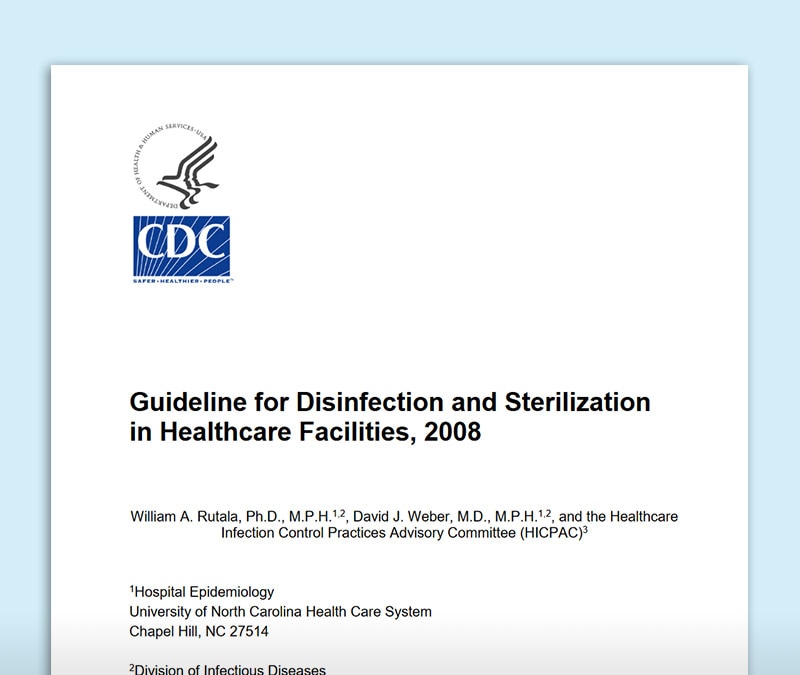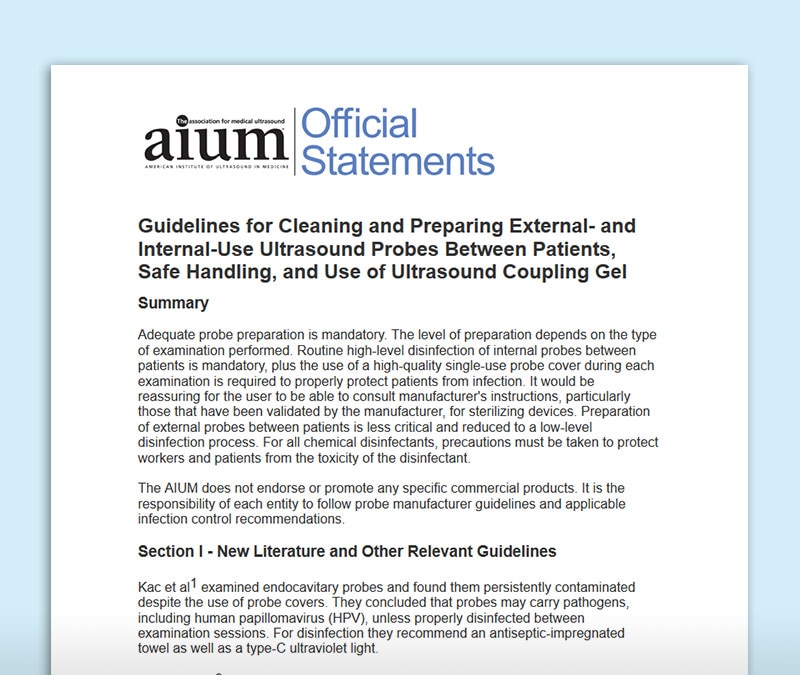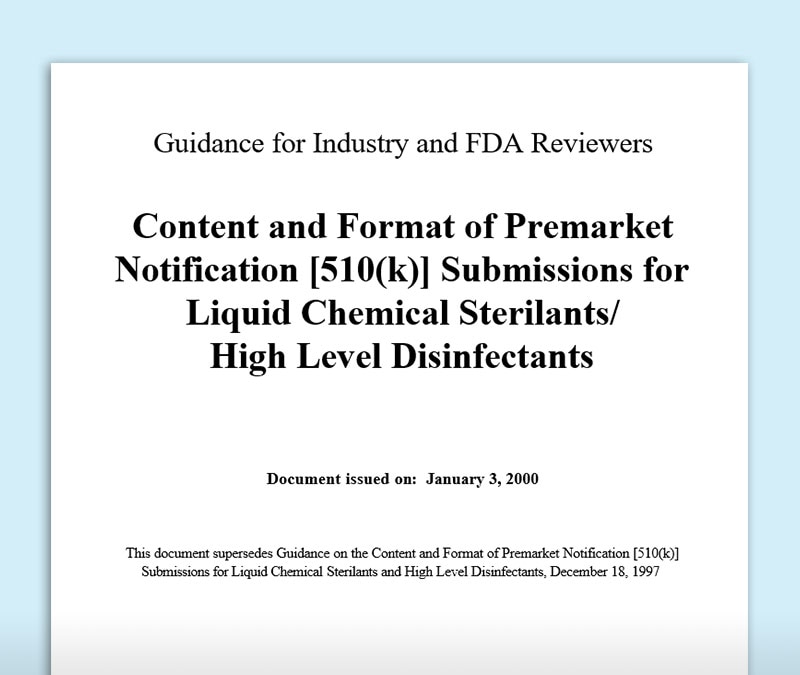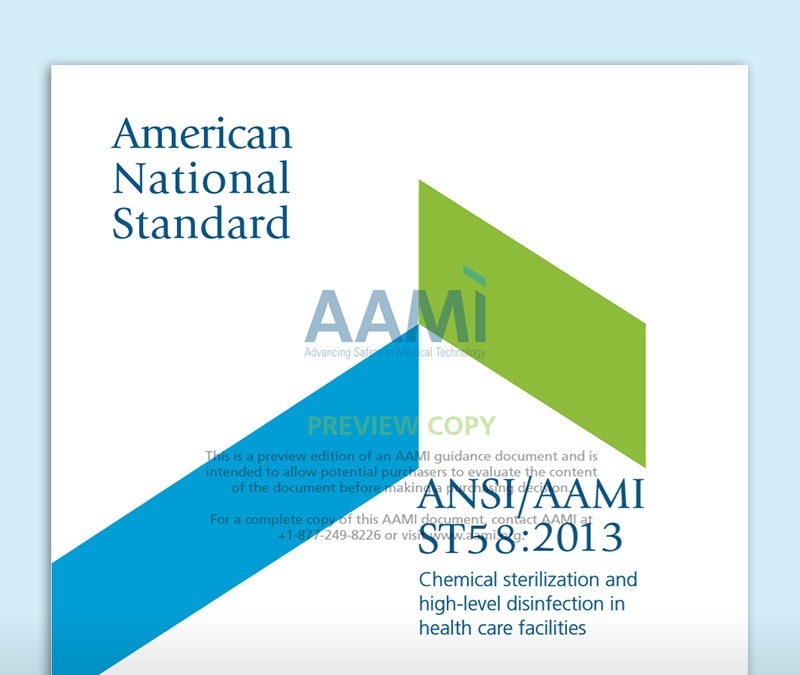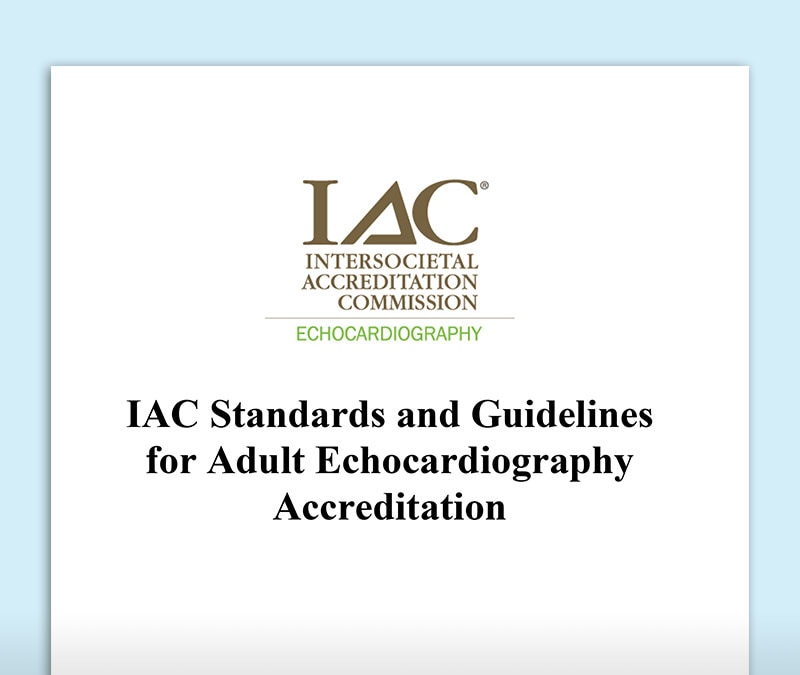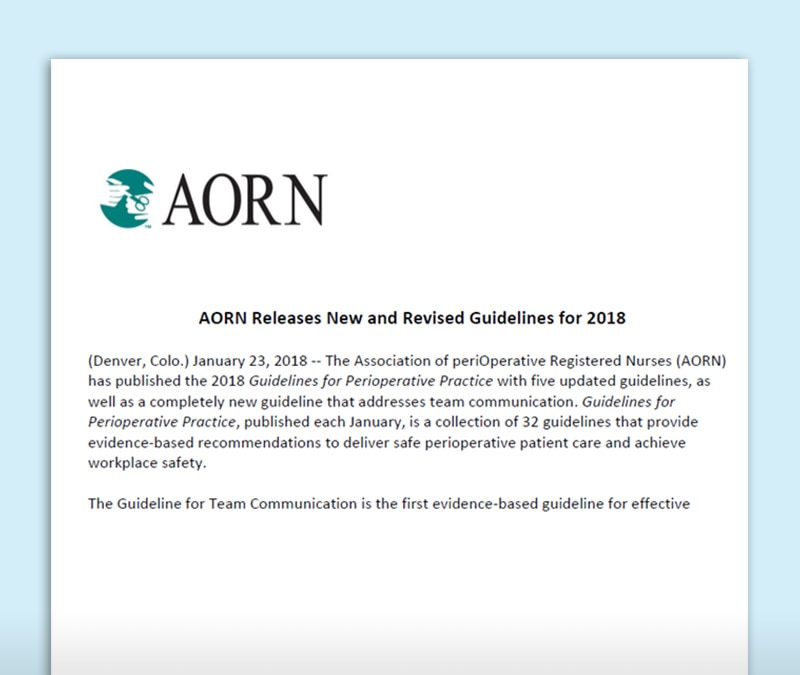Why GE?
Benefits
- Staff and Patient Safety
The disinfectant seal is pierced by insertion into the system, eliminating chemical exposure. The ultrapure filtration system helps ensure that fumes are automatically neutralized and the disinfectant is seamlessly captured and purged. Five rinse cycles, versus three with other systems, help remove any disinfectant residue from the probe. Quick Start
You get what you need for precleaning and the disinfectant comes ready for use in a premeasured, single-use pack.
- Probe Protection
TPorter® transportation unit, which is designed for TEE transducers, helps prevent damage while staff members transport the probes. Special storage cabinets maintain the right climate conditions and security to prevent contamination. - Automated Reporting
After completing the disinfection cycle, you automatically get the required printed verification, facilitating regulatory compliance. - Integrated leak testing
Usually a separate step, with TD100® your required electrical leak testing is built directly into the TD100® process to make it quick, clean and easy.
How it Works
Complete Reprocessing Solution
step 1: Cleaning. Learn More
step 2: Transport the soiled probe. Learn More
step 3: Cleaning & Drying. Learn More
step 4: High Level Disinfection and Leak Test. Learn More
step 5: Dry the probe. Learn More
step 6: Store the probe. Learn More
step 7: Transport the clean probe. Learn More
Guidelines & Recommendations
Consumables
Related Products
1. RutalaWA, Weber DJ, HICPAC. Guideline for Disinfection and Sterilization in Healthcare Facilities. USA: Centers for Disease Control; CDC 2008. (https://www.cdc.gov/infectioncontrol/pdf/guidelines/disinfectionguidelines.pdf)
2. American Institute of Ultrasound in Medicine. Guidelines for cleaning and preparing external and internal-use ultrasound probes between patients. AIUM Official Statement. Online at: http://www.aium.org/officialStatements/57. Accessed March 8, 2016.
3. http://www.aami.org/standards/index.aspx?navItemNumber=504.
4. Association of periOperative Registered Nurses (AORN). In: Sharon A. Van Wicklin, editor. High-Level Disinfection. AORN Guidelines for periOperative Practice Online. Online: AORN, Inc; 2018. p. I.HLD1-I.HLD24.
5. Intersocietal Accreditation Commission. Standards and Guidelines for echocardiography standards
6. The Joint Commission Online: Standards FAQ Details. Self-Contained High-Level Disinfection Units – Semi-Critical Devices. Accessed 11-Sep-2017.

